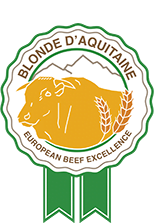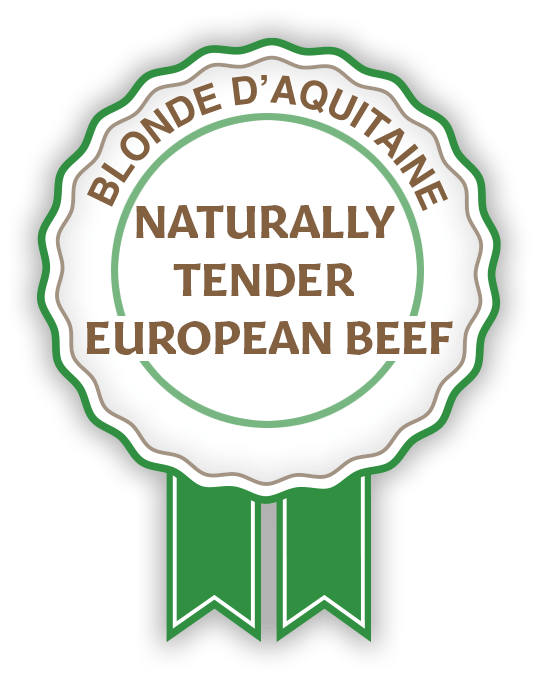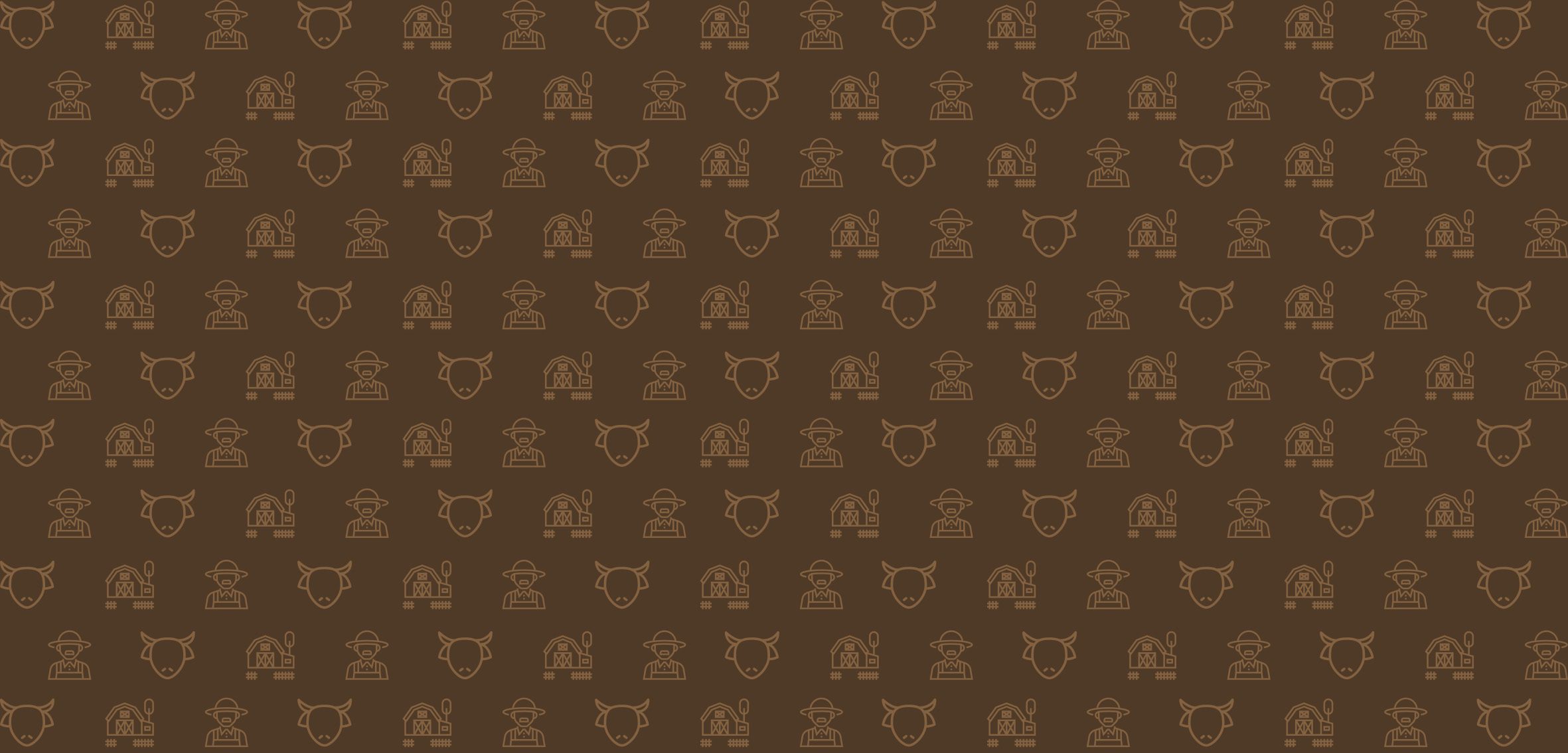The ancestor of the Blonde d’Aquitaine is the Bos Aquitanicus which gave rise to wheat-colour coated bovines with light-coloured mucosae that were widespread in the south-west of France.
As zootechnics further developed at the end of the XIX century, three different bovine populations – the Garronaise, the Quercy and the Blonde des Pyrénées, all listed in Herd Books between 1898 and 1920 – were singled out.
THE PROJECT
Promoting a European excellence
“Blonde d’Aquitaine: European Beef Excellence” is a three-year (2020-2022) promotional and informational project co-financed by the European Union and managed by Asprocarne Piemonte and France Blonde d’Aquitaine Sélection. Its main aim is to improve the awareness of the Blonde d’Aquitaine beef cattle breed among European consumers and business operators, more specifically in France and in Italy.
Read more





